What is the future of nuclear power in the UK?
Rolls-Royce believes that a fleet of small nuclear reactors could help solve the UK’s energy problems
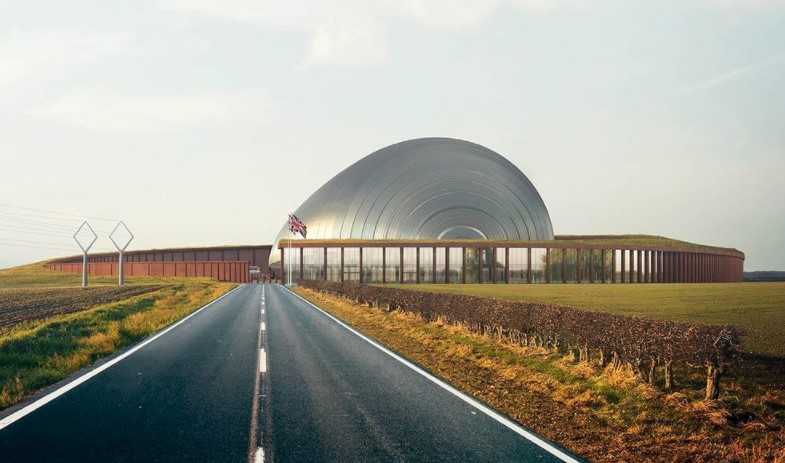
The government probably does need nuclear power. No. 10 has given nuclear a central role in its plan to reduce carbon emissions to net zero by 2050. At present, gas provides about 40% of the UK’s electricity, wind power 20%, nuclear about 16%, and solar 4%. According to the 2020 Energy White Paper, the government intends as far as possible to replace fossil fuels with “renewables, nuclear and hydrogen”.
It also expects electricity demand to double by 2050, driven by electric vehicles and low-carbon heating systems. Wind power and solar are set to expand, but they are reliant on suitable weather conditions. Hydrogen power is currently unproven at an industrial scale. That means that nuclear will have to do a lot of the work – yet the sector is in decline. All but one of the UK’s 13 current nuclear reactors are due to close by 2030.
How could small reactors help?
They should be much cheaper and quicker to build than full-scale reactors, which are notoriously complex and expensive. In 2010, the government gave permission for eight large reactors to be constructed in England and Wales. Over ten years on, only one – Hinkley Point C, in Somerset – is being built. The others have faltered because large nuclear projects are expensive and uncertain, and the UK is not willing to build them itself, or able to convince companies to do the work.
The Week
Escape your echo chamber. Get the facts behind the news, plus analysis from multiple perspectives.

Sign up for The Week's Free Newsletters
From our morning news briefing to a weekly Good News Newsletter, get the best of The Week delivered directly to your inbox.
From our morning news briefing to a weekly Good News Newsletter, get the best of The Week delivered directly to your inbox.
Hinkley Point involved paying the state-owned French firm EDF a fixed price far above the going rate; the project is late and over-budget. The hope is that smaller reactors would be much cheaper and more financially viable. Rolls-Royce is designing small modular reactors (SMRs), which would supply 0.47 gigawatts (GW) of energy (compared with Hinkley Point C’s 3.2GW); but each would be a relatively affordable £2.2bn (against £23bn for Hinkley Point), and would in theory only take 3-4 years to build (versus close to 20).
How do SMRs work?
The technology for most SMR designs is a scaled-down version of that used in existing nuclear reactors (Rolls-Royce has been using nuclear fission in pressurised water reactors to power Royal Navy submarines since the 1960s). However, their design is standardised and modular: individual components are to be built on a production line, then transported and assembled on site, reducing costs.
The size of the proposed plants – Rolls-Royce’s design takes up the space of about two football pitches – makes them adaptable. They could be placed on the coastal sites of existing nuclear power stations, but also on other smaller sites inland: SMRs’ cores are less hot than those of large reactors, which means they don’t need so much water for cooling.
They could also be used for other power-intensive uses – not just making electricity but, say, synthesising green hydrogen or desalination. In addition, standardised designs ought to make it easier for regulators to license them and give planning permission.
A free daily email with the biggest news stories of the day – and the best features from TheWeek.com
How would this benefit the UK?
One main advantage would be energy security: SMRs could provide a reliable power source not affected by the weather, or reliant on foreign energy suppliers and variable fuel prices (the nuclear fuel used is a relatively small portion of the overall cost).
They could also benefit Britain’s heavy industries, such as glass and aluminium production, which require 24/7 power. Rolls-Royce argues that a thriving SMR industry could create up to 40,000 skilled jobs, create valuable exports and add £100bn to the value of the UK economy. It would also help with “levelling up”, since much nuclear expertise is in the North.
What about the drawbacks?
The obvious one is that SMRs do not really exist yet. There’s a floating prototype in Pevek, in Russia’s far east, based on technology used in nuclear icebreakers, which produces 0.035GW. But SMRs have yet to be shown to work properly at scale, or to be financially viable. Besides, many would argue that nuclear, as a power source, has had its day.
Green campaigners have long raised concerns over the risks of accidents, such as the Fukushima disaster in Japan in 2011, and of terrorist attacks. At present, Britain still has no long-term storage solution for radioactive waste. Wind farms can be built in a much shorter time, without the risks, and at a fraction of the current cost of nuclear. A large modern wind farm can produce more electricity than an SMR too.
The technology is “too expensive, takes too long to develop, and we can’t afford to wait for it”, says Stephen Thomas, professor of energy policy at the University of Greenwich. Some experts suggest a better bet would be to invest in battery storage for renewable power.
Are these problems surmountable?
Some may be. The UK has long-term plans to build a geological disposal facility that would store radioactive waste deep underground (though this is only a proposal, and at present no site has been earmarked).
Rolls-Royce has also successfully raised some £200m to develop SMRs; the government has matched this with £210m in funding. Rolls aims to complete its first SMR plant by 2031, after which it expects to build two units a year. Even so, it has been estimated that it would need to make about 16 SMRs before the programme could pay its way.
How safe are nuclear reactors?
One of the biggest challenges for nuclear is to overcome decades of public mistrust. Accidents such as the 1957 Windscale fire (at the plant now known as Sellafield), Chernobyl (1986) and Fukushima (2011) live long in the public memory.
But many scientists argue that safety concerns are misplaced. Modern nuclear reactors, they say, bear no resemblance to the one used at Chernobyl (a disaster which the UN estimates as few as 50 deaths can be immediately attributed to), and still less than the primitive technology at Windscale. At Fukushima, clear and avoidable mistakes were made; and a UN study ten years after actually reported “no adverse health effects” on the local population from radiation sickness.
The industry argues that, over more than 60 years of nuclear power generation, the few accidents we’ve seen have been spectacular, but of little consequence in terms of human fatalities – and that we willingly accept comparably far higher levels of damage from the oil and gas industry, via pollution. Many remain unconvinced, not least because of the threat of nuclear weapon proliferation inherent in the widespread use of nuclear power.
Are SMRs worth pursuing?
Many countries are investing in them: not just the UK, but the US, China, France and Canada. Despite question marks over what is a relatively new technology, the enormous challenge of transitioning to net zero means the case for taking them forward is a compelling one, argues the clean energy consultant Michael Liebreich.
“My advice would be ‘take a punt, but don’t bet the future,’” he says. “We just can’t afford to close the door on a technology that could be low-carbon, it could scale, and it could be affordable. But do we bet everything on it? Absolutely not.”
-
 Russia’s war games and the threat to Nato
Russia’s war games and the threat to NatoIn depth Incursion into Poland and Zapad 2025 exercises seen as a test for Europe
-
 How drone warfare works
How drone warfare worksThe Explainer From Ukraine to Iran, it has become clear that unmanned aircraft are rapidly revolutionising modern warfare
-
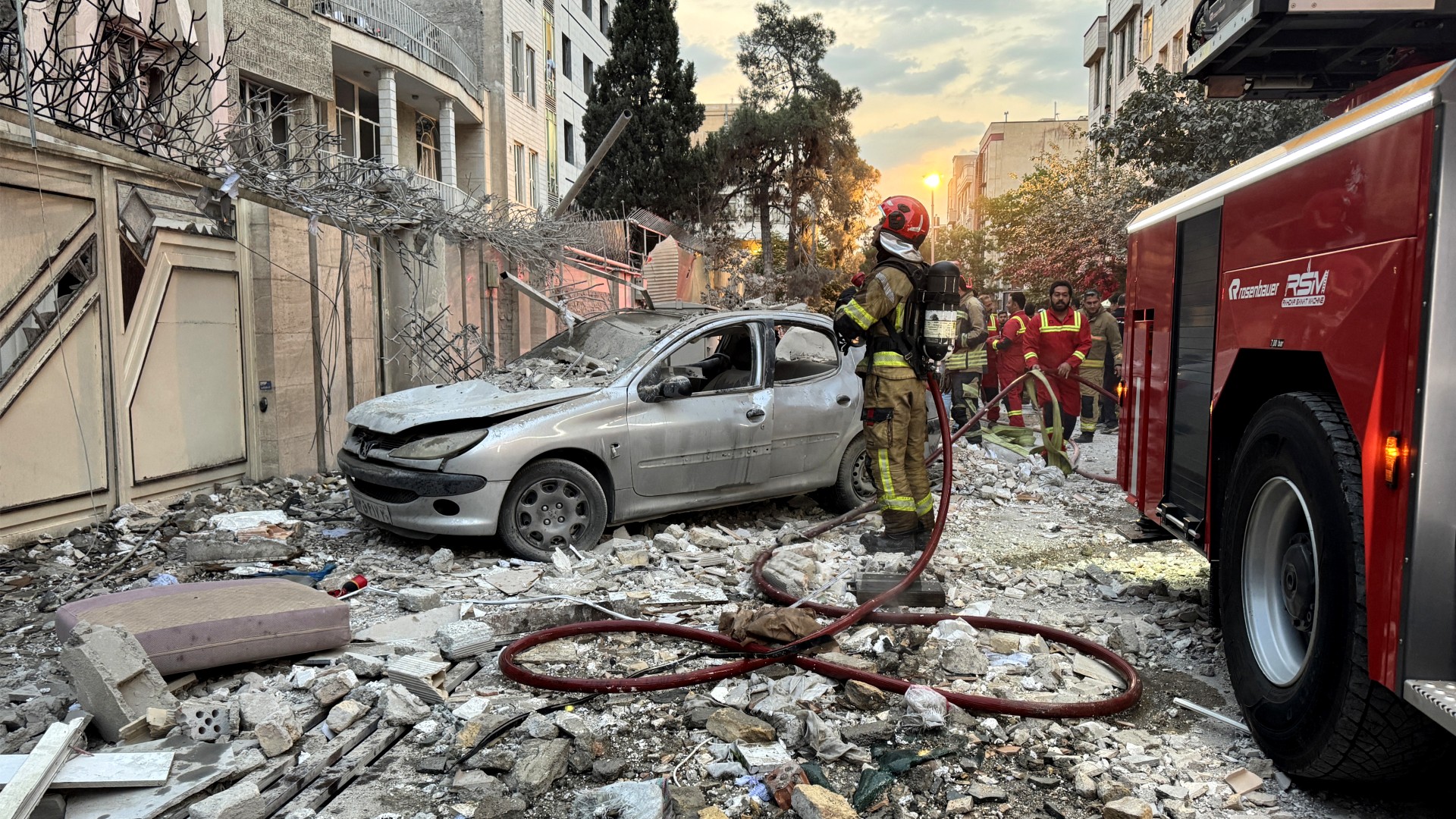 How the Israel-Iran conflict broke out
How the Israel-Iran conflict broke outThe Explainer Israel's strike on Iran's nuclear and missile programmes was years in the planning
-
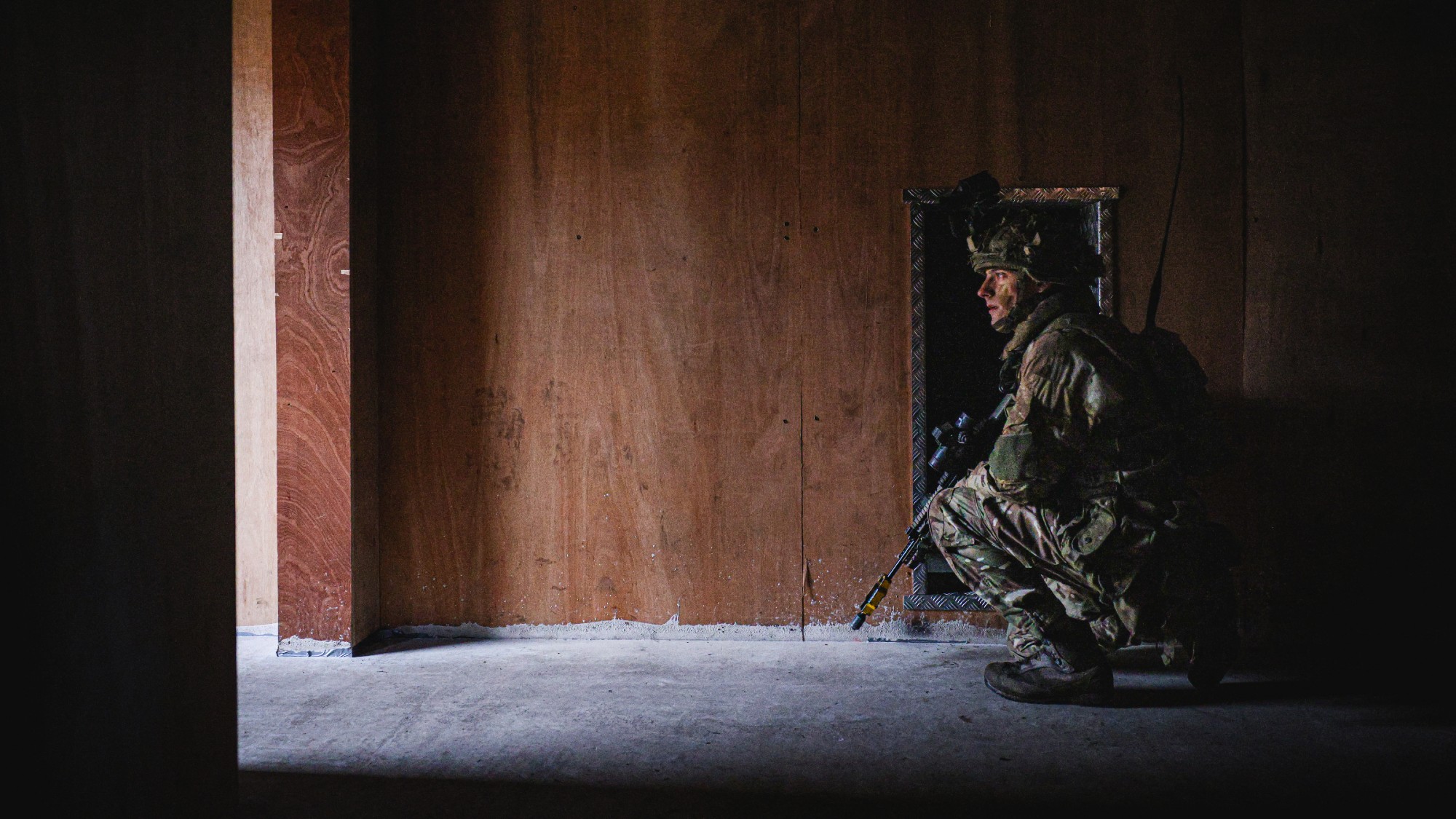 The state of Britain's Armed Forces
The state of Britain's Armed ForcesThe Explainer Geopolitical unrest and the unreliability of the Trump administration have led to a frantic re-evaluation of the UK's military capabilities
-
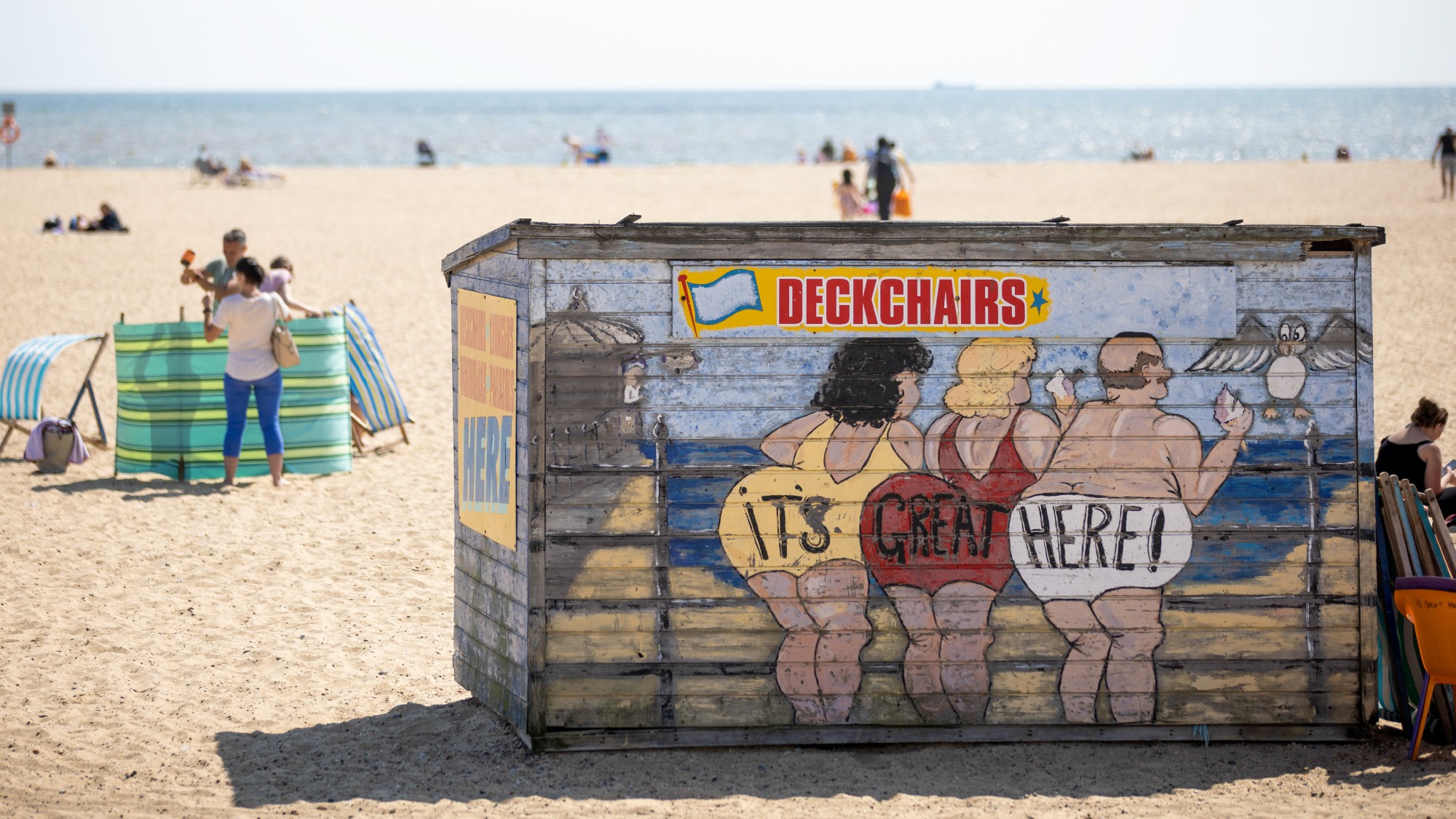 Russia's spies: skulduggery in Great Yarmouth
Russia's spies: skulduggery in Great YarmouthIn the Spotlight 'Amateurish' spy ring in Norfolk seaside town exposes the decline of Russian intelligence
-
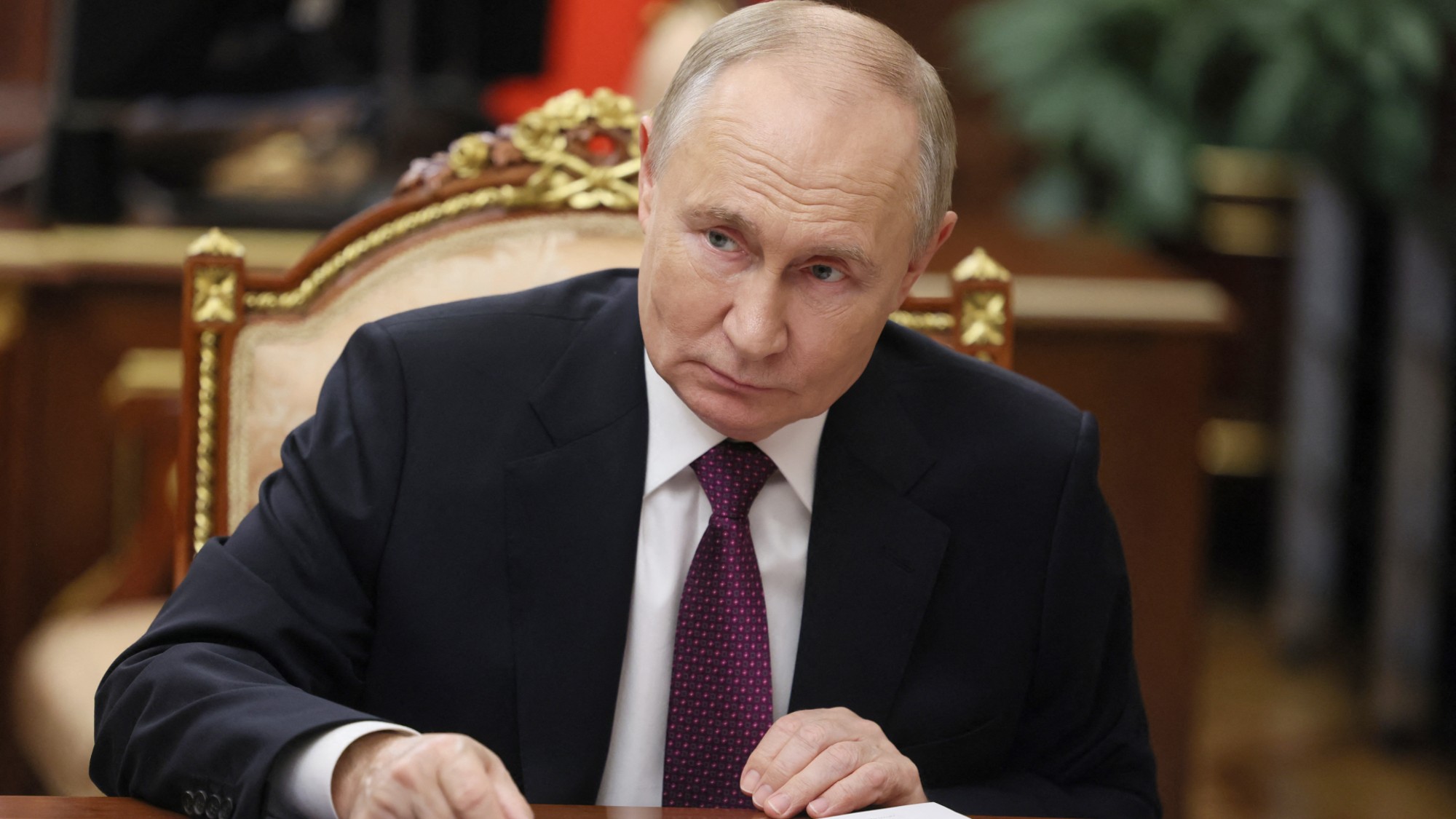 Ukraine-Russia: are both sides readying for nuclear war?
Ukraine-Russia: are both sides readying for nuclear war?Today's Big Question Putin changes doctrine to lower threshold for atomic weapons after Ukraine strikes with Western missiles
-
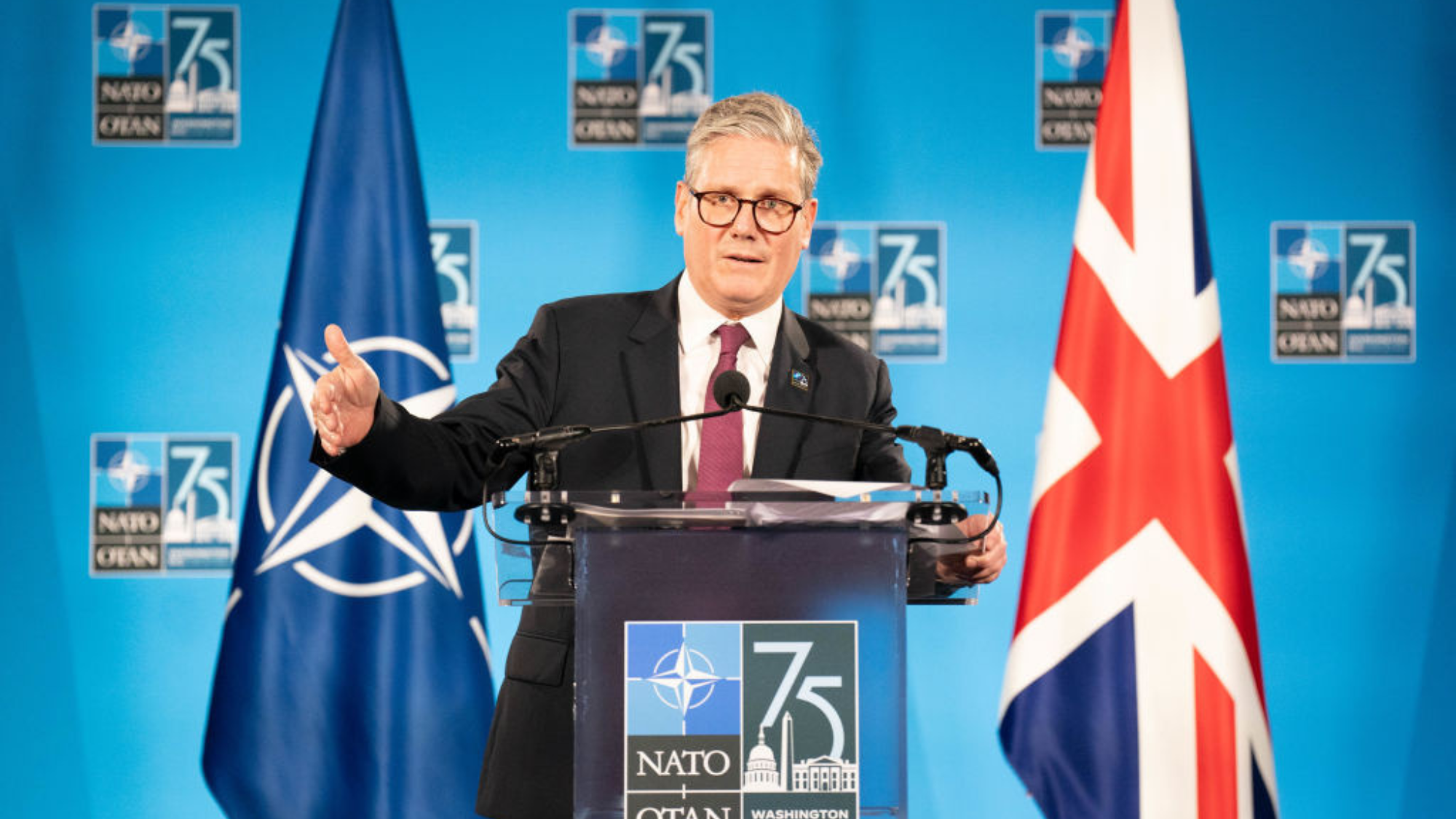 British defence: the crisis in the Armed Forces
British defence: the crisis in the Armed ForcesTalking Point Depleted military power may not be able to meet its own commitment to up defence spending to 2.5%
-
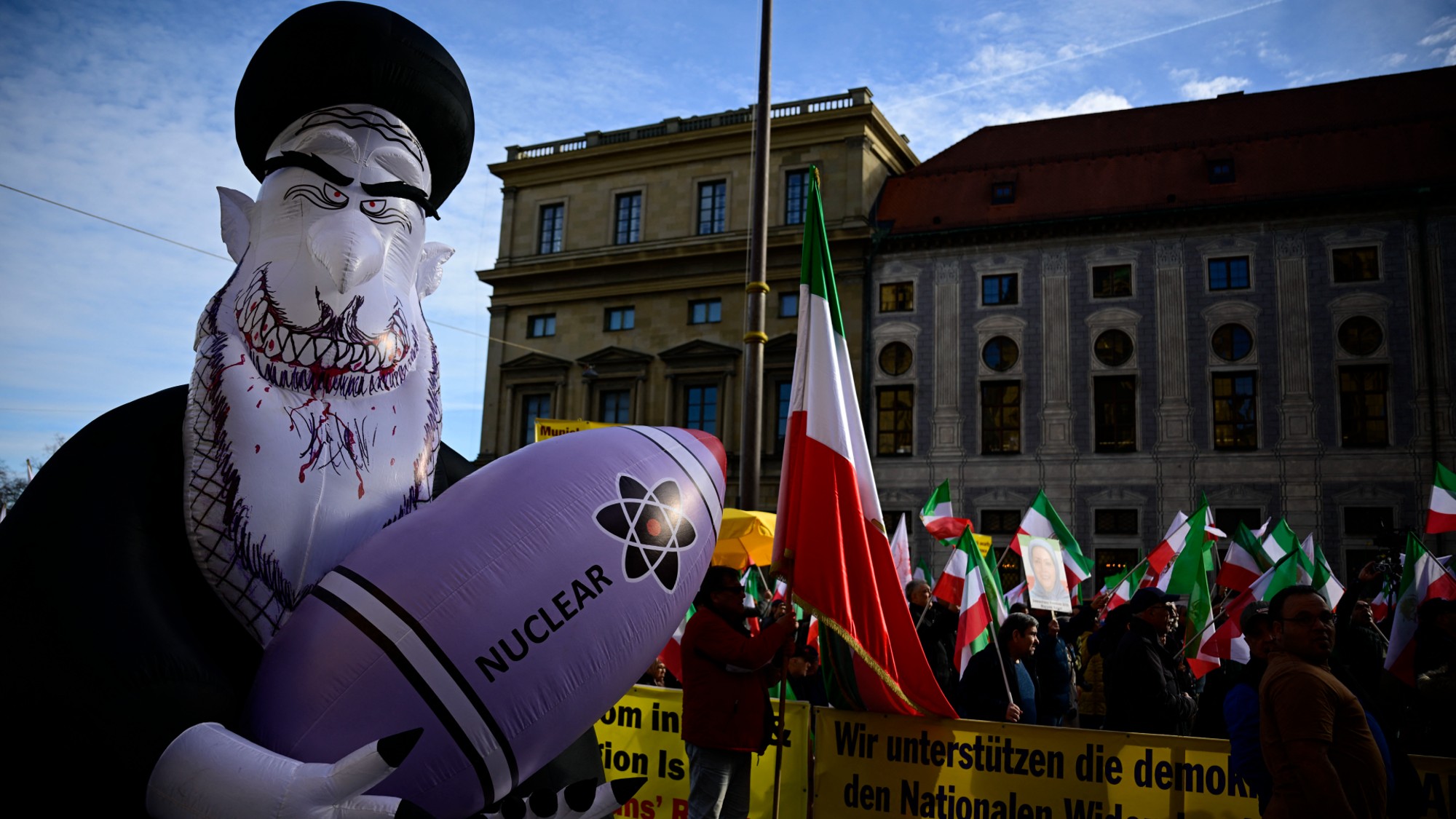 Iran at the nuclear crossroads
Iran at the nuclear crossroadsThe Explainer Officials 'openly threatening' to build nuclear bomb, as watchdog finds large increase in enriched uranium stockpile


